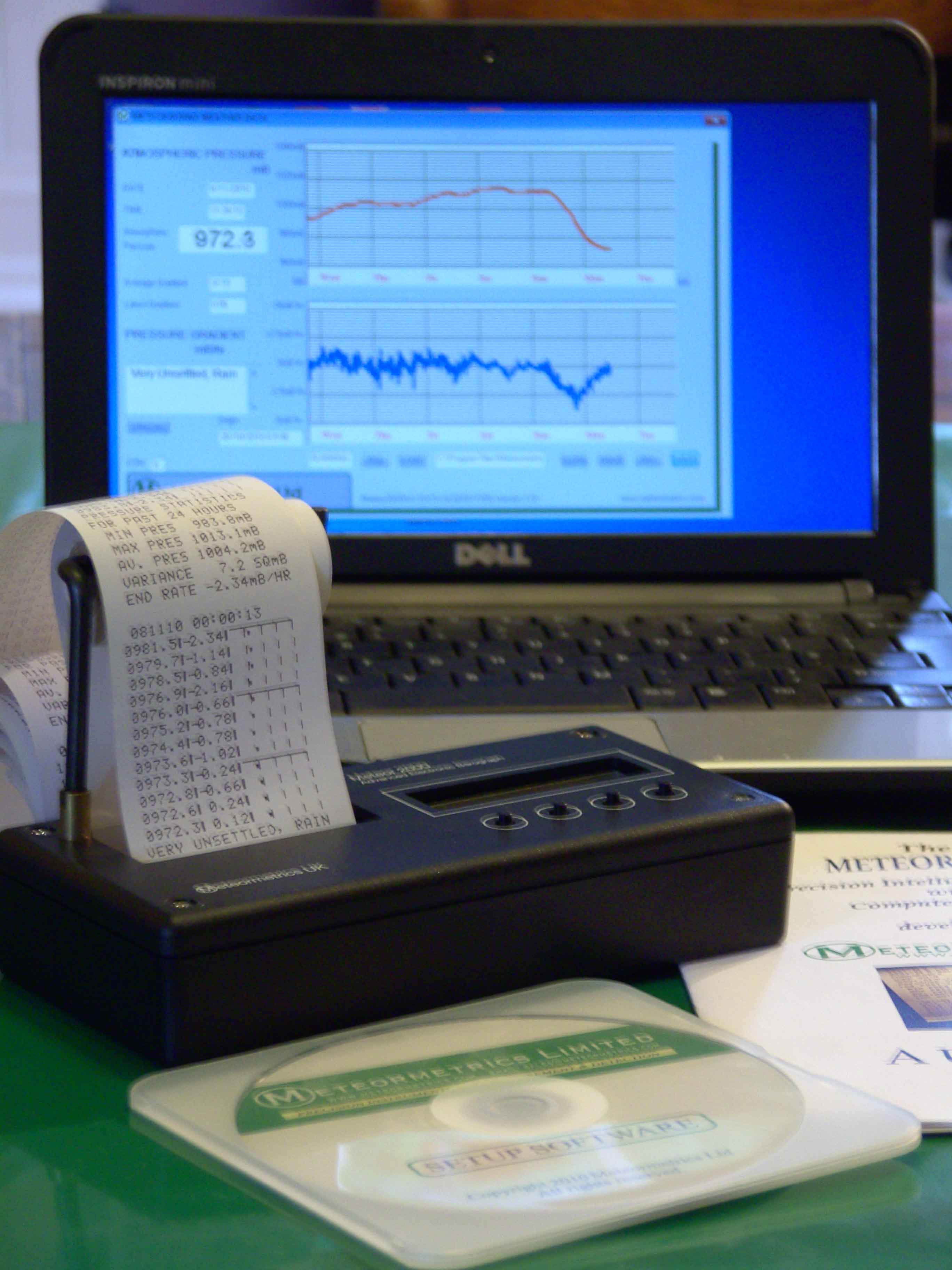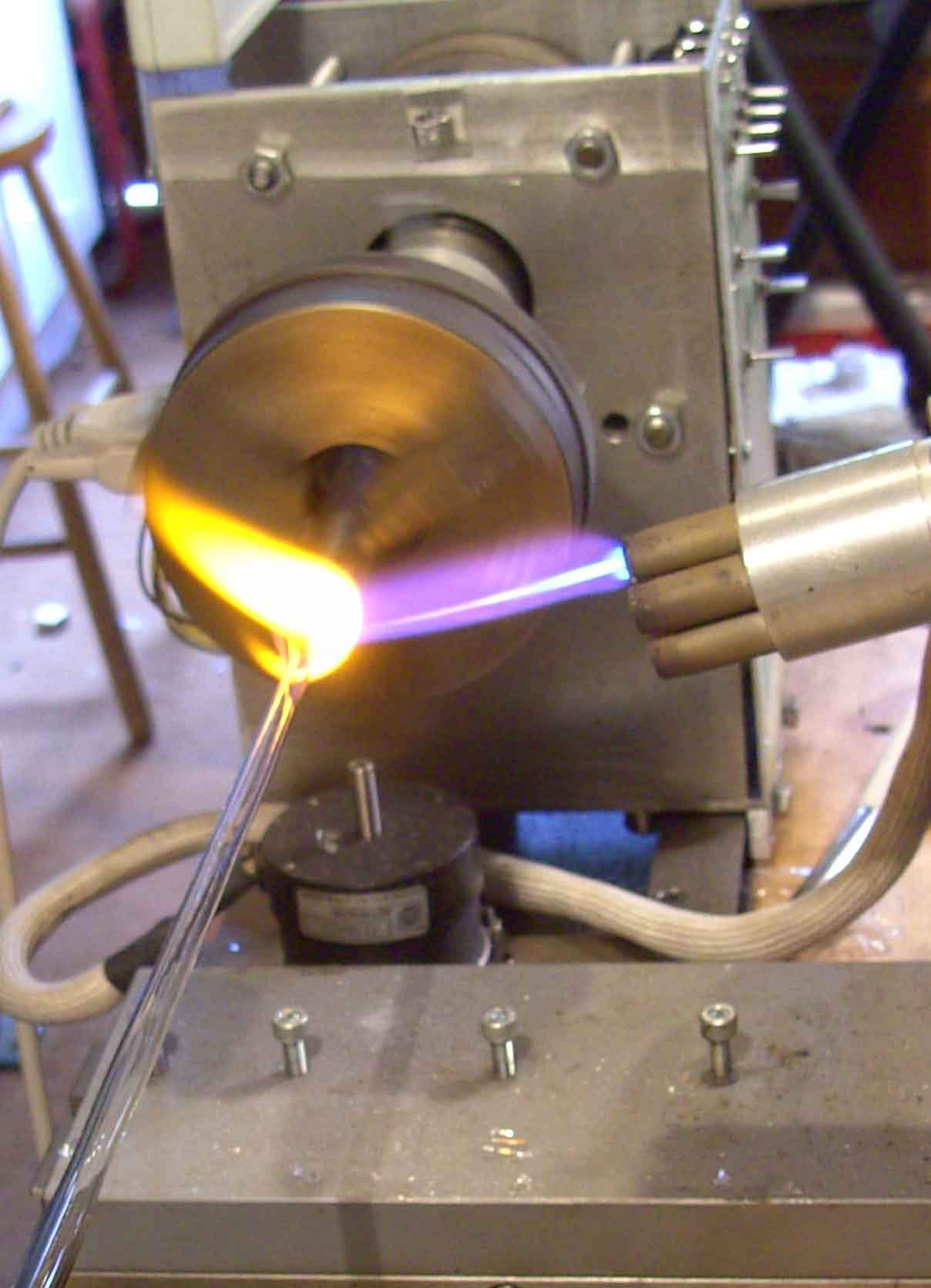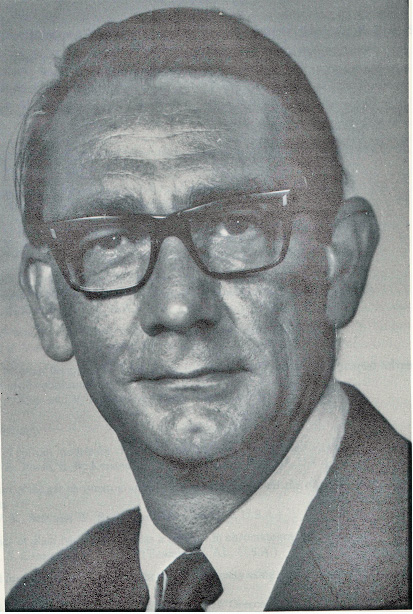ANALYTICAL SPECTROSCOPY
by Raymond P. W. Scott
D.Sc., F.R.S.C., C.Chem., C.Sci. F.A.I.C, F.C.S.
Essential Information for the Analytical Chemist

Specialising in custom-designed, precision scientific instruments, built, programmed and calibrated
to the most exacting standards. The range includes precision dataloging barographs,
with built-in statistical analysis, Barographic Transient Event Recorders
and computer-interfaced detectors and sensors
for environmental monitoring & process control.

A site dedicated to scientific techniques, experimental methods, &
investigative tools for the inventor, researcher
and laboratory pioneer. Articles on glassblowing, electronics, metalcasting, magnetic
measurements with new material added continually. Check it out!
www.drkfs.net
Electromagnetic
radiation, particularly its emission and absorption by substances,
can be employed in many ways by the chemist to elucidate the
structure of compounds, confirm the identity of compounds and to
quantitatively estimate the amount of a specific compound present in
a sample. In fact, without the use of such techniques, the
development of chemistry would, over the years, have been seriously
hindered.
Electromagnetic
waves are employed in a number of different ways by the chemist
depending on the wavelength or frequency of the radiation and the
specific information that is required. From the point of view of the
chemist, the useful range of wavelengths extend from short
wavelengths of less than a 100 pm to radio wavelengths of 100 cm to
10m. The application areas of the different wavelength ranges are
shown diagrammatically in figure 1, (vis.
λ
= 100pm to 10nm, change in nuclear configurations; λ
= 10nm to 1μm,
change in electron configuration ultra violet and visible
spectroscopy (UV/vis.);
λ
= 1μm
to 100μm;
change in molecular configuration, infrared spectroscopy (IR); λ
= 100μm
to 1cm; microwave spectroscopy; lγ
= 1cm to 100cm, and λ
= 100cm 10m, (electron spin resonance (ESR) and nuclear magnetic
resonance (NMR), change of electron an nuclear spin.
Some
of the techniques shown in figure 1 are more often employed
exclusively by spectroscopists whereas others (namely UV/vis,
infrared, Raman, and NMR) are used by general chemists and analytical
chemists without the need for extensive training in spectroscopy. It
is the latter techniques that will be considered and discussed in the
books of this series and in this book infrared spectroscopy will be
considered in detail.

About the Author
RAYMOND PETER WILLIAM SCOTT was born on June 20 1924 in Erith, Kent, UK. He studied at the
University of London, obtaining his B.Sc. degree in 1946 and his D.Sc. degree in 1960.
After spending more than a decade at Benzole Producers, Ltd. Where he became head of
the Physical Chemistry Laboratory, he moved to Unilever Research Laboratories as
Manager of their Physical Chemistry department. In 1969 he became Director of Physical
Chemistry at Hoffmann-La Roche, Nutley, NJ, U.S.A. and subsequently accepted the position
of Director of the Applied Research Department at the Perkin-Elmer Corporation, Norwalk, CT, U.S.A.
In 1986 he became an independent consultant and was appointed Visiting Professor at Georgetown
University, Washington, DC, U.S.A. and at Berkbeck College of the University of London; in 1986
he retired but continues to write technical books dealing with various aspects of physical chemistry
and physical chemical techniques. Dr. Scott has authored or co-authored over 200 peer reviewed
scientific papers and authored, co-authored or edited over thirty books on various aspects of
physical and analytical chemistry. Dr. Scott was a founding member of the British chromatography
Society and received the American Chemical society Award in chromatography (1977), the
M. S. Tswett chromatography Medal (1978), the Tswett chromatography Medal U.S.S.R., (1979),
the A. J. P. Martin chromatography Award (1982) and the Royal Society of Chemistry Award in
Analysis and Instrumentation (1988).
Dr. Scott’s activities in gas chromatography started at the inception of the technique,
inventing the Heat of Combustion Detector (the precursor of the Flame Ionization Detector),
pioneered work on high sensitivity detectors, high efficiency columns and presented fundamental
treatments of the relationship between the theory and practice of the technique.
He established the viability of the moving bed continuous preparative gas chromatography,
examined both theoretically and experimentally those factors that controlled dispersion
in packed beds and helped establish the gas chromatograph as a process monitoring instrument.
Dr. Scott took and active part in the renaissance of liquid chromatography,
was involved in the development of high performance liquid chromatography and invented
the wire transport detector. He invented the liquid chromatography mass spectrometry
transport interface, introduced micro-bore liquid chromatography columns and used them
to provide columns of 750,000 theoretical plates and liquid chromatography separations
in less than a second.
Dr. Scott has always been a “hands-on” scientist with a remarkable record of accomplishments in chromatography ranging from hardware design to the development of fundamental theory. He has never shied away from questioning “conventional wisdom” and his original approach to problems has often produced significant breakthroughs.


